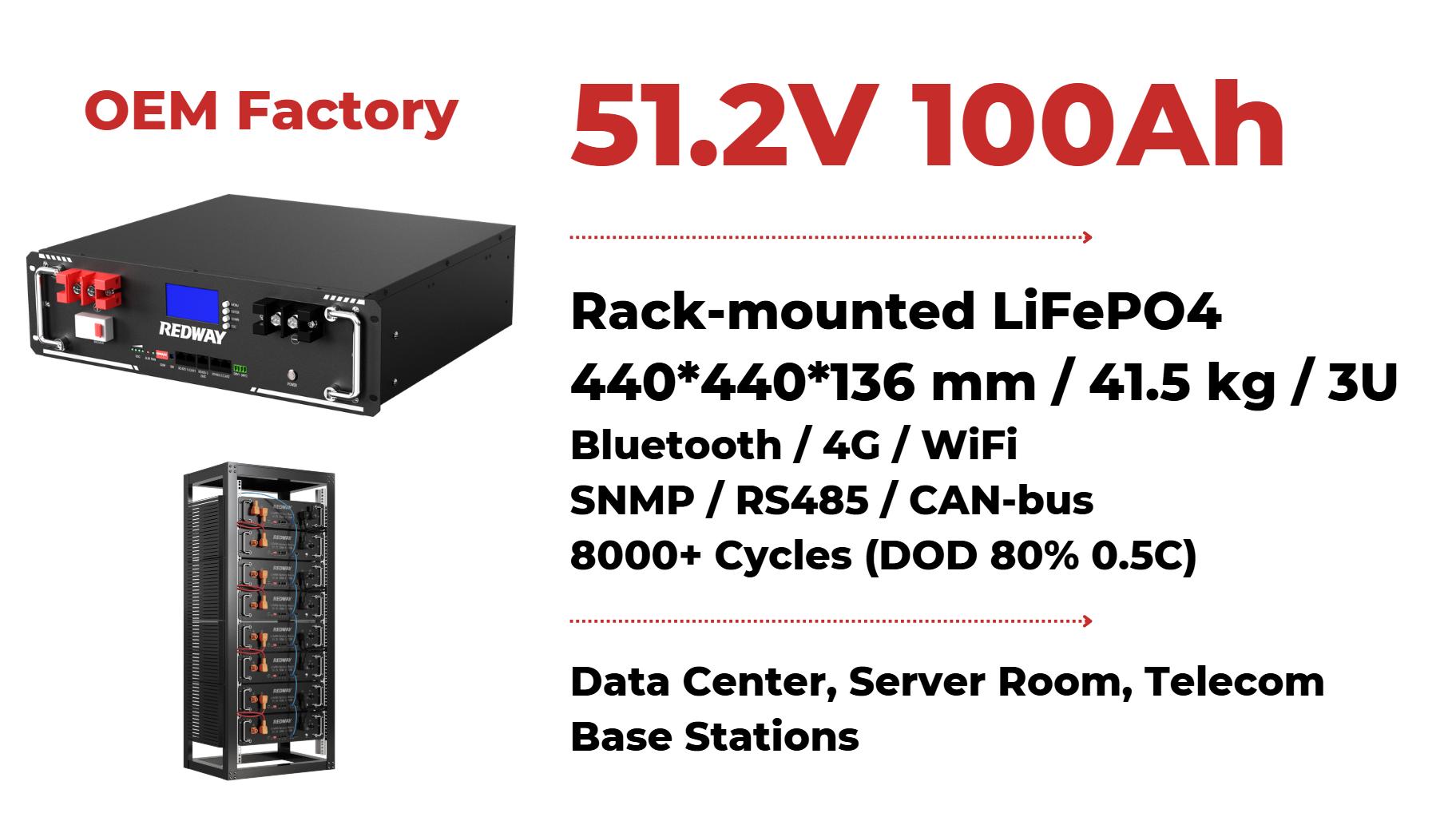Maintaining a rack mounted LiFePO4 battery system is crucial for ensuring optimal performance, longevity, and safety. With the increasing reliance on these advanced batteries in various applications, understanding their maintenance requirements is essential. This guide provides essential tips for maintaining your LiFePO4 battery system effectively.
To maintain your rack-mounted LiFePO4 battery system, regularly inspect it for damage, clean connections to prevent corrosion, monitor temperatures to stay within safe limits, track charge cycles to avoid deep discharges, and update firmware if needed. This helps keep your system running smoothly!
1. Regular Inspection
1.1. Visual Checks
Conduct visual inspections of your battery system at least once a month. Look for signs of physical damage, leaks, or corrosion on terminals and connections. Ensure that the rack is clean and free from dust and debris that can affect performance.
1.2. Connection Tightness
Check all electrical connections to ensure they are tight and secure. Loose connections can lead to power loss and increase the risk of overheating. If you notice any corrosion, clean the terminals with a mixture of baking soda and water, then dry them thoroughly.
2. Temperature Management
2.1. Optimal Operating Temperature
LiFePO4 batteries perform best at temperatures between 20°C to 25°C (68°F to 77°F). Ensure that your battery system is located in a temperature-controlled environment to prevent overheating or excessive cold, both of which can affect battery performance and lifespan.
2.2. Ventilation
Ensure that there is adequate ventilation around your battery rack. Proper airflow helps dissipate heat generated during charging and discharging cycles, reducing the risk of thermal issues.
3. Regular Monitoring
3.1. Battery Management System (BMS)
Utilize a Battery Management System (BMS) to monitor the state of charge (SOC), voltage levels, and temperature of your battery system. A BMS provides critical data that helps in assessing battery health and performance, allowing for timely interventions if issues arise.
3.2. Performance Data Logging
Keep a record of performance data, including charge cycles, discharge rates, and any anomalies. This data can help identify patterns that may indicate potential problems, enabling proactive maintenance.
4. Cleaning and Maintenance
4.1. Dust and Debris Removal
Regularly clean the battery rack and surrounding area to prevent dust and debris accumulation. Use a soft cloth or vacuum to remove dust. Avoid using liquids directly on the batteries to prevent moisture intrusion.
4.2. Terminal Cleaning
Clean battery terminals periodically to prevent corrosion. Ensure that the terminals are dry before reconnecting any cables.
5. Charge and Discharge Practices
5.1. Avoid Deep Discharge
While LiFePO4 batteries have a robust cycle life, avoiding deep discharges is crucial. Aim to maintain the state of charge between 20% and 80% to prolong battery life. Regularly monitor charge levels to avoid dropping below the recommended threshold.
5.2. Use Proper Chargers
Always use chargers that are compatible with LiFePO4 technology. Ensure that the charging voltage and current settings match the battery specifications to prevent overcharging or undercharging.
6. Firmware Updates
For systems equipped with smart technology, ensure that the firmware is regularly updated. Manufacturers often release updates that improve battery performance, safety features, and overall system efficiency.
7. Professional Maintenance
7.1. Scheduled Professional Inspections
Consider scheduling professional inspections at least once a year. Experts can conduct comprehensive checks, including internal battery health assessments that may not be visible during regular inspections.
7.2. Replacement Planning
Plan for potential battery replacements based on the expected lifecycle. Monitoring performance data and charge cycles can help predict when a replacement may be necessary, ensuring minimal downtime.
Conclusion
By following these essential maintenance tips, you can maximize the performance and lifespan of your rack mounted LiFePO4 battery system. Regular inspections, effective temperature management, and proper cleaning practices are key to maintaining a reliable and efficient energy storage solution. With diligent care, your LiFePO4 battery system will continue to perform optimally, supporting your energy needs for years to come.




